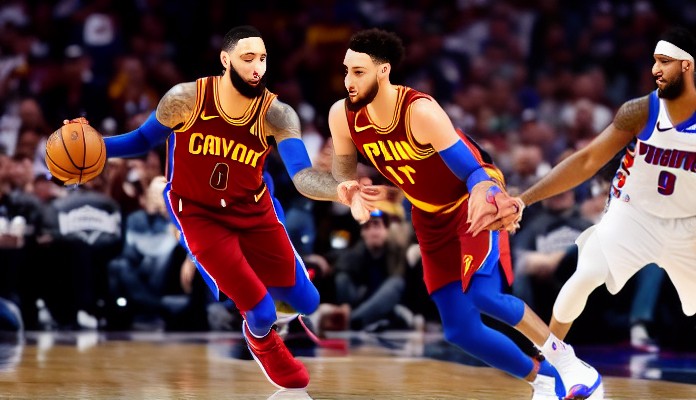Commentary: Hockey Scandal: Opening Reflections on Violence in Sport
Sports
 The recent scandal surrounding player-on-player violence in hockey highlights the need for reform in order to create a safer environment for all athletes, spectators, and officials involved in the game.
The recent scandal surrounding player-on-player violence in hockey highlights the need for reform in order to create a safer environment for all athletes, spectators, and officials involved in the game.
Hockey Scandal: Opening Reflections on Violence in Sport.
The recent revelations of player-on-player violence in professional hockey have sparked a nationwide conversation about the impact of violence in various forms of sport. As a sports journalist and commentator, I have been closely following the developments in the world of ice hockey and the broader world of sports. In this article, I want to reflect on the situation and offer my thoughts on the growing trend of violence in sport.
Concerns and Criticisms:
While some would argue that the high-level of violence seen in professional hockey is simply an unfortunate byproduct of the fast-paced, high-intensity nature of the sport, there are many who are concerned about the negative impact it has on the players and fans involved. The physical toll that this level of violence takes on the human body is well documented, and the long-term consequences can be severe.
Moreover, the rise of violence in sports also raises important questions about the culture and ethics of professional leagues. If players are willing to engage in violent behavior to gain an advantage over their opponents, then it is only reasonable to assume that other players may be inclined to do the same. This perpetuates a culture of aggression and intimidation, which can undermine the integrity of the game and put innocent lives at risk.
Solutions and Alternatives:
In light of these concerns, it is important for professional leagues to take action to address the issue of violence in sports. While any ban or suspension of individual players is unlikely to be sufficient, there are a number of steps that can be taken to create a safer environment for all participants.
One potential solution is to implement stricter penalties for player-on-player violence, including bans on hitmen tactics such as boarding or slashing. Additionally, coaches and trainers should receive specialized training on how to manage the risks associated with violent behavior, and teams should prioritize the safety and well-being of their players above all else.
Another approach could be to reform the rules of hockey itself to make it less conducive to violent behavior. For example, the league could introduce new rules prohibiting high sticking, or enforce fines and penalties for intentional hits that injure players or officials.
Alternatively, fans and players could turn to alternative forms of entertainment that are more conducive to positive, respectful competition. For example, they could explore other professional sports that do not involve physical violence, such as golf or tennis.
The recent scandal surrounding player-on-player violence in hockey has sparked a wider conversation about the impact of violence in various forms of sport. While some may argue that the high level of violence in hockey is simply an unfortunate byproduct of the fast-paced nature of the game, I believe that it is our responsibility as professionals and as members of society to take action to create a safer environment for all participants. By implementing stricter penalties, providing specialized training, and reforms to the rules themselves, we can work towards a culture of sportsmanship and respect for all individuals involved.
In conclusion, I strongly urge the professional ice hockey leagues to take immediate action to address this issue and ensure the safety and well-being of all players and officials involved. Let us work together to create a world where sport can be enjoyed without resorting to violence.









